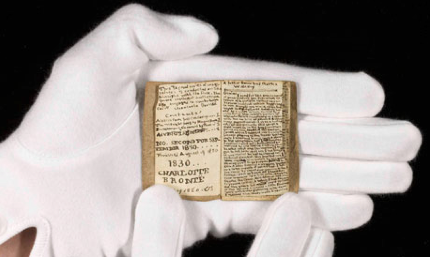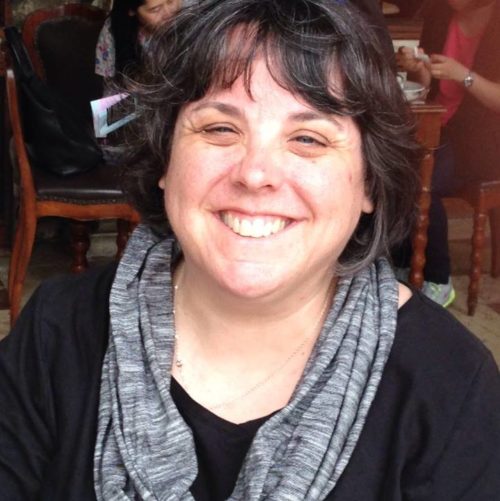
Standing in again for Holberg: Sarina Gruver Moore, who is also probably standing in the need of prayer. For no particular reason, you understand. Just generally.
One of the pleasures of being a Victorianist is that I have a professional excuse for reading other people’s mail. Granted, long-dead people. But still.
You might already know that Jane Austen was a great letter-writer. (Too bad her sister destroyed the really juicy ones, hunh?) For my money though, the very best of the nineteenth century letter-writers is the novelist Elizabeth Gaskell.
Funny, smart, preoccupied by household details and forever stressed about deadlines, she is by turns gossipy and then penitential, the unparalleled mistress of both maternal guilt (“I do hope that you write a longer letter next time, dear”) and fashion-forward advice (“by the way I must tell you Charles does not like your horrible straw bonnet any more than I do”).
Gaskell’s conscientious and serious-minded husband, bless him, called her letters “slip-shod.” And it’s true that letter after letter is a comma-less, loop-de-loop of barely connected thoughts, the rapid working of a mind devoted in equal parts to her family, her community, her church, and her craft—a woman with never enough time to get everything done.
The original mommy blogger, in other words.
As I was reading through Gaskell’s letters again in preparation for a conference, I came across a letter I don’t remember having read before.
A bit of background: Gaskell knew and admired Charlotte Brontë (the Jane Eyre one, not the Wuthering Heights one), and when Charlotte died, her father and husband asked Gaskell to write an authorized biography. But Patrick Brontë and Arthur Nicholls, father and husband respectively, were strange, secretive, distrustful men. Gaskell knew that they would be hesitant to lend her Charlotte’s letters or allow a copy to be made of the only photograph portrait. So she asked the formidable Sir James Kay Shuttleworth to accompany her on the visit, and he proved his usefulness by “asking in a peremptory manner for whatever he thinks desirable.” Gaskell returned to her home with an enormous pile of Brontë’s juvenilia written between the ages of 13 and 18. In this letter, Gaskell is describing the manuscripts to her publisher, and you’ll need to pay close attention through all these brackets: the manuscripts are, she says, “all [written] in this indescribably/ fine writing. […] they are the wildest & most incoherent things, as far as we have examined them. […] They give one the idea of creative power carried to the verge of insanity. Just lately Mr M Milnes gave me some MS. of Blake’s, the painter’s to read, –& the two MSS (his & C. B’s) are curiously alike. But what I want to know is if a photograph could be taken to give some idea of the fineness of writing, –for no words of mine could explain it—I write in great haste.”
Did you catch that? At this singular, never-to-be-repeated moment in history, Elizabeth Gaskell holds the teenaged Charlotte Brontë’s wild, handwritten, virtually incomprehensible manuscript in the one hand, while in the other hand she holds a manuscript by William. Freaking. Blake.
AND SHE WANTS A PHOTOGRAPH.
There is enough Benjaminian aura floating around in that moment to make anyone high, not just an Anglophile.
But there’s more. Do you know who that M Milnes guy is? That guy who just happens (no big deal) to have a Blake manuscript lying around? That guy was Richard Monckton Milnes—later Sir Richard, 1st Baron Houghton—and one of the world’s greatest literary patrons. He knew Tennyson and Matthew Arnold and John Henry Newman and Swinburne and Ralph Waldo Emerson. He was in love with Florence Nightingale, but she wouldn’t marry him. Maybe because he wrote such terrible poetry of his own. He was also one of the premier collectors of erotic literature (whoops), although very few people knew it at the time—least of all Mrs. Gaskell, Unitarian minister’s wife par excellence.
I’m telling you, steampunk has nothing on the real history of the Victorians.
For what it’s worth, Gaskell was right. Charlotte’s bizarre, even Blakean little books really are exceptional in British literary history. One very small bit of that juvenilia—pictured above—recently sold for over a million bucks.
Let this be a reminder to save all those annoying scraps of paper–I mean, beautiful manuscripts–your kids write.

